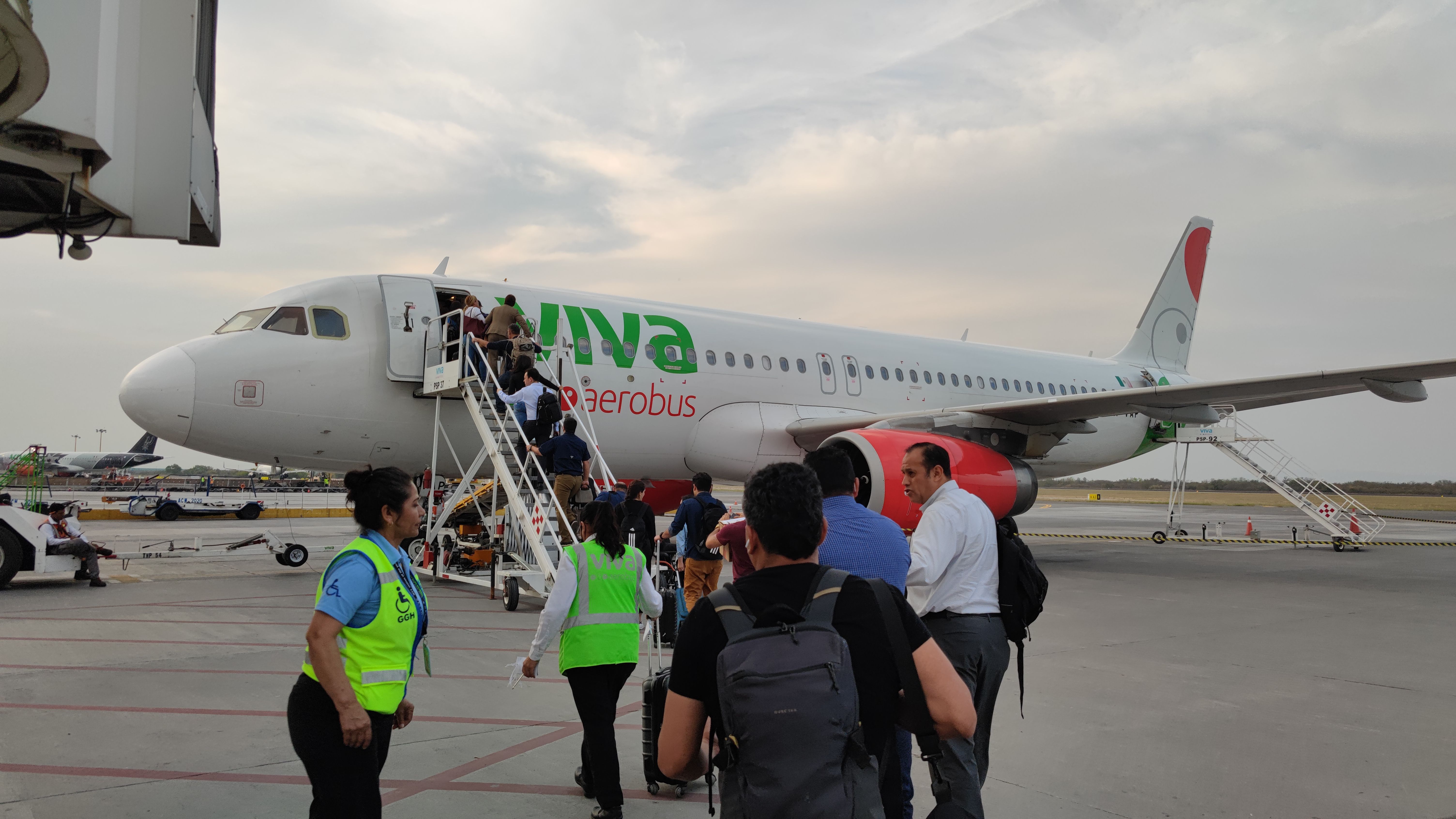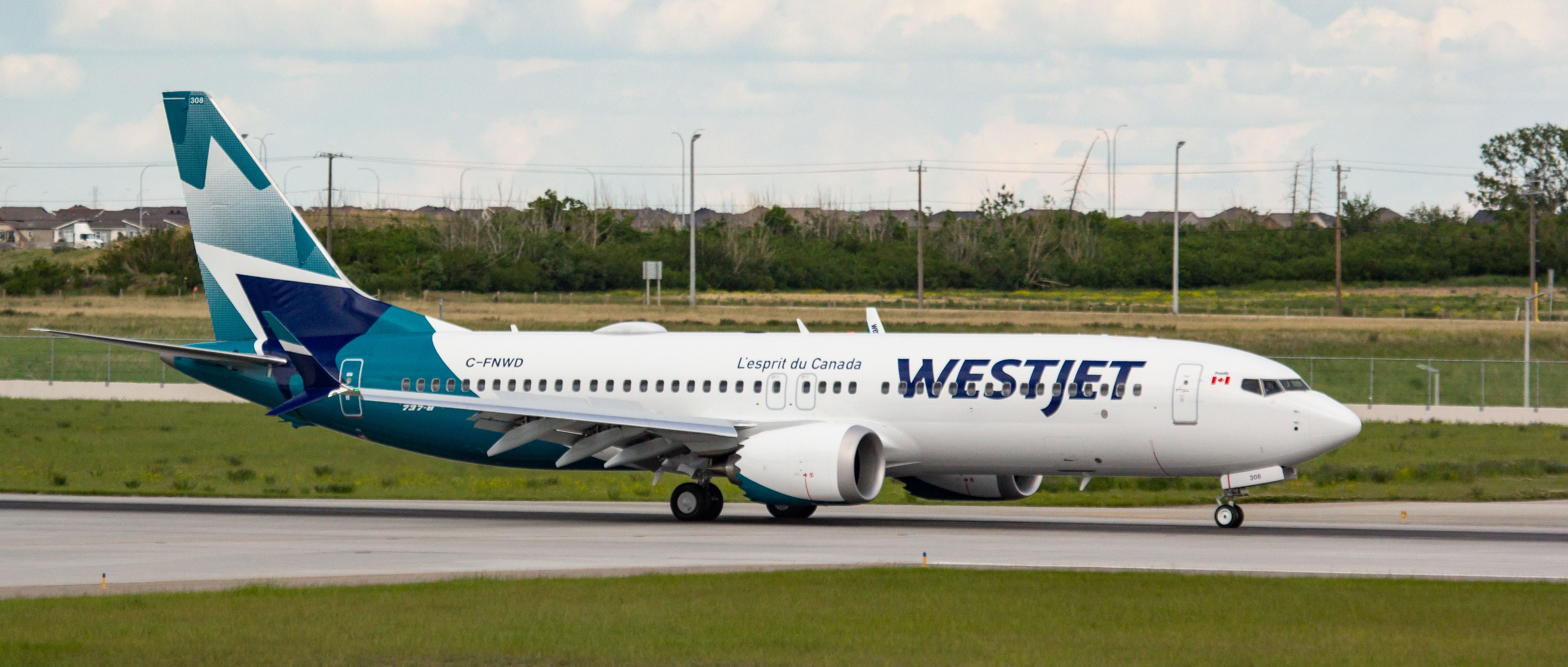Low-cost carriers (LCC) in the US, Canada, and Mexico, have led the industry’s capacity growth in available seat miles (ASM) for the past seven years. According to data from Cirium, some airlines performed better than others due to aircraft type.
The pandemic, which severely impacted the industry, understandably stunted overall capacity. But in 2021 and 2022, most airlines experienced a positive comeback, according to the data.
The ULCCs are on top
Cirium showcased data from 16 airlines in North America: Viva Aerobus, Spirit Airlines, Frontier Airlines, Volaris, Air Canada, WestJet, Azul Airlines, Hawaiian Airlines, Allegiant Airlines, JetBlue Airways, Aeromexico, Alaska Airlines, United Airlines, American Airlines, Delta Air Lines, and Southwest Airlines. 10 carriers are based in the US, while three are based in Mexico, two in Canada, and one in Brazil.
Photo: Daniel Martínez Garbuno | Simple Flying.
Viva Aerobus has consistently experienced the most ASM capacity growth since 2016, while Air Canada had the most significant annual ASM capacity growth of 2022 at 149%, according to Cirium. The Montreal-based airline rounded out the top five in terms of consistent growth, whereas the big three US airlines were among the top 15. Southwest was last among the data.
The all-Boeing operator, recognized as the original low-cost pioneer, fell behind its North American competitors in individual ASM growth. This is likely due to the carrier’s early commitment to the Boeing 737 MAX, which was grounded for 20 months after 346 people died in two crashes. The grounding resulted in Southwest adding zero capacity in 2019. On the contrary, the top airlines that carried the most passengers consistently are ultra-low-cost carriers (ULCC) that solely operate Airbus aircraft: Viva, Spirit, Frontier, and Volaris.
Growing after the pandemic
Spirit Airlines saw a 19% growth in 2022 but experienced an increase of 49% following the easing of some pandemic restrictions in 2021. According to the data, all but two airlines saw more growth in 2021 compared to 2022, likely attributed to the surge in travel returning. But, due to lingering border restrictions, the scene was different in Canada. Air Canada and WestJet saw decreases in ASM capacity by 16% and 8%, respectively, in 2021.
Photo: Alex JW Robinson/Shutterstock
In the simple seven-year average data provided by Cirium, Viva also finished first with 29%, and Southwest was last at only 2% growth. Before the pandemic’s impact, which tainted the overall picture, the statistics among all airlines looked consistent, despite some minor changes.
In the simple average between 2016 and 2019, Viva had the exact numbers, while American only grew its ASM capacity by 1%, under United, Delta, and Southwest, which all saw an average growth of 3%. Cirum said major mergers throughout the years were also included in the data, such as US Airways’ data being added to American’s final percentage rates.
It’s only going up from here
Despite setbacks in 2020, LCCs and ULCCs continue to lead the industry in ASM capacity. Simple Flying previously reported that the low-cost carrier market would see $248 billion in growth over the next five years, but Erick Burgueño Salas, a research expert covering mobility and logistics with Statista, predicts it will be more.
“The low-cost business model, based on high seating density and aircraft utilization at low fares, has triggered key changes in the vigorously competitive industry. With both short- and long-haul flights, LCCs are the driving force in the passenger air transportation business and are forecasted to exceed 254 billion U.S. dollars in size by 2027.”





